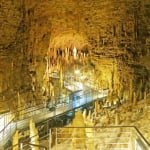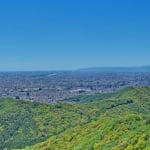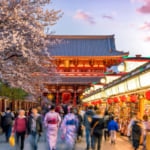Name:St Magnus Cathedral (The Light of the North)
Address:Broad St, Kirkwall KW15 1NX, UK
Related Site:http://www.stmagnus.org/
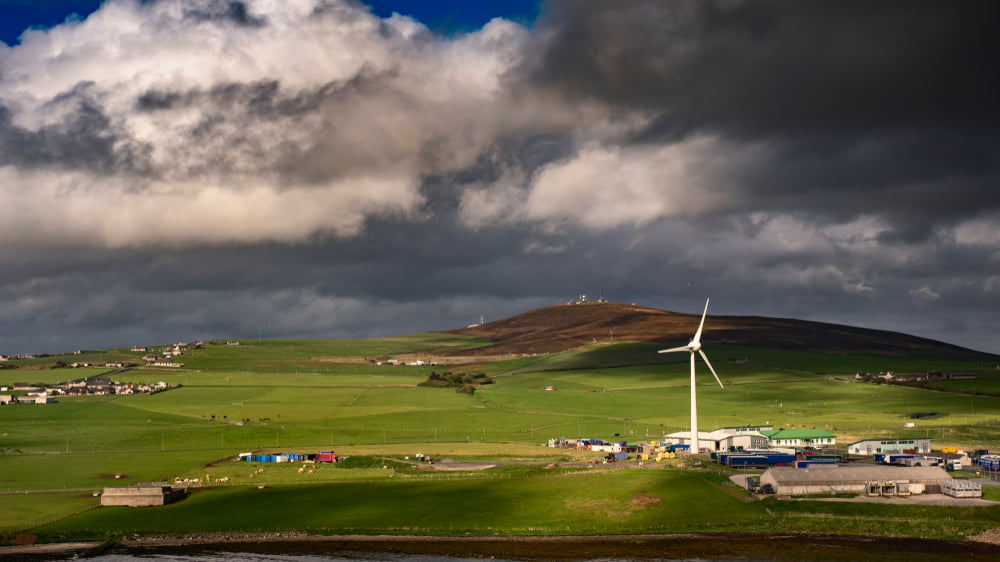
Photo by MikhailBerkut/shutterstock.com
Kirkwall : The City Hosting the Best Islands in Orkney
Kirkwall is the capital of a northern Scotland archipelago known as Orkney. It is its largest and most populous settlement. It is a port providing ferry services to islands in the north area of Scotland and has in the recent times become a favorite stop for cruise ships due to its extensive harbor facilities. This ancient town can be traced back to the 11th century when it was known as the Kirkjuvagr which translates to Church of the Bay. It was later in 1486 granted the Royal Burgh status by James III of Scotland. A visit to the town allows you to indulge marvel at the medieval architecture, learn about the islands' history, and enjoy leisurely strolls in its tranquil gardens.
The town boasts of incredible local jewelry, contemporary fashion, arts and crafts. You’ll shop till you drop. Its sports and leisure areas, cinemas, cafes, theatre venues cater for everyone there is so much to do from sunrise till the sun goes down.
table of contents
[x] close
Kirkwall : The City Hosting the Best Islands in Orkney
1. St Magnus Cathedral (The Light of the North)
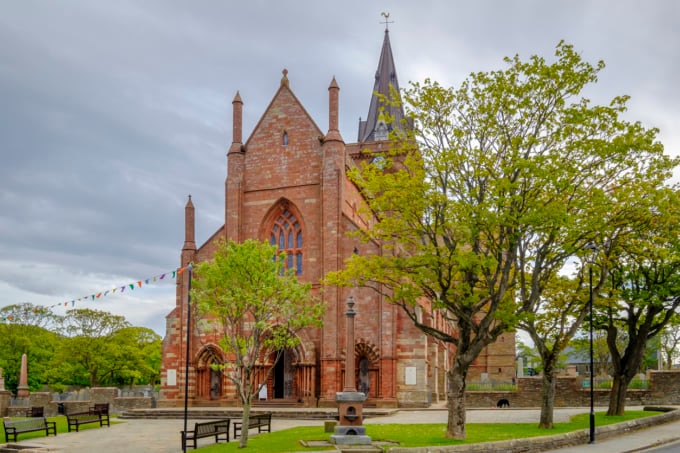
This cathedral towers over Kirkwall and has beautiful local red sandstone, fine features, and stained glass windows. It is among Scotland’s most exciting cathedrals and took over 300 years to build. The cathedral was commissioned by Earl Rognvald Brusason in 1137 in the name of his uncle, Magnus Erlendsson, who was martyred. His remains are in a tomb in the interior pillar of the chapel. It is right in the center of the town and as such easily accessible.
2. Earl's & Bishop's Palaces
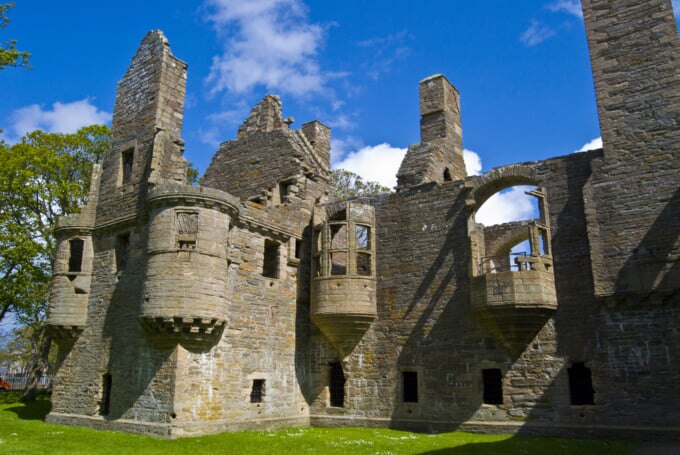
Photo by Jule_Berlin/shutterstock.com
Earl’s palace dates back to the 17th century when force laborers built it. In the present day, it stands as ruins open to the public in a park near the center of the city. It is a piece of architectural brilliance but regarded as a memorial to the rule of Stewart Earls, one of the darkest episodes in the history of Orkney. In one of the rooms, you’ll learn the history of its builder, Earl Patrick Stewart, executed for treason in Edinburgh. He had started its construction in about 1600 and ran out of money leaving it uncompleted. Admission into Earl’s palace includes that to the adjacent Bishop's Palace a very well preserved building from the same era. The Bishop’s palace was built for Bishop William the old in the mid-12th century.
Name:Earl's & Bishop's Palaces
Address:Watergate, Kirkwall, Orkney, KW15 1PD
Related Site:https://www.historicenvironment.scot/visit-a-place/places/bishop-s-and-earl-s-palaces-kirkwall/
3. Orkney Museum
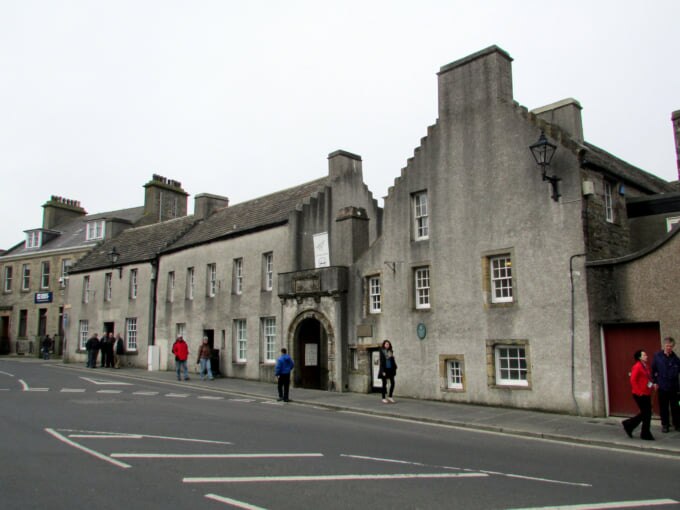
Admission to the museum ensures that you learn the fascinating history of the island. The museum details every background you need to understand the archipelagos’ colorful history fully. It has a labyrinthine display that is housed in a house belonging to a former merchant. It an overview of the Orcadian history, prehistory, a presentation on the Ba and Pictish carvings are found here. There are also rooms covering in details social history between the 19th and 20th centuries. It is open to the public and visitors are granted access to its galleries free of charge.
Name:Orkney Museum
Address:Tankerness House, Broad Street, Kirkwall, Orkney, KW15 1DH
Related Site : http://www.orkney.gov.uk/Service-Directory/S/orkney-museum.htm
4. Orkney Wireless Museum
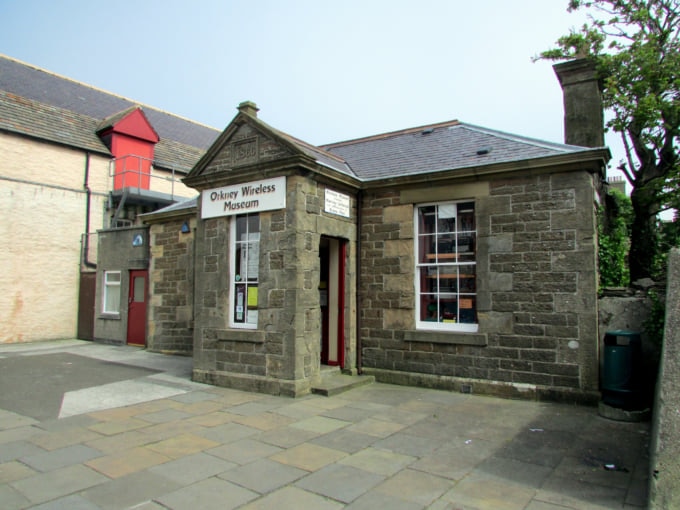
This Museum showcases a collection of artifacts representing the vital role that Orkney played in the 2nd World War. These preserved items display radio and electronic heritage of Orkney and the development of wireless technology from the start of the 20th century to the present day.
The old radios and war memorabilia found on display are an impressive collection!
Name:Orkney Wireless Museum
Address:1 Junction Rd, Kirkwall KW15 1LB, UK
Related Site:http://www.orkneywirelessmuseum.org.uk/
5. Sheila Fleet Gallery
The gallery, opened in 1999 is run by Sheila Fleet, a local jewelry designer. It’s a narrow shop split over two floors in one of Orkney’s historic buildings. Take a little piece of Orkney home with you! On the ground floor, a full range of Sheila’s jewelry and rings are showcased. Upstairs you’ll find a selection of the designer’s craft such as Scottish ceramics, textiles, knitwear, and other artworks. Buying Sheila’s jewelry to gift your loved ones ensures you carry a piece of Orkney with you. The refurbished gallery is a lovely place to explore!
Name:Sheila Fleet Gallery
Address:30 Bridge St, Kirkwall KW15 1HR, UK
Related Site:https://sheilafleet.com/
6. Highland Park Distillery
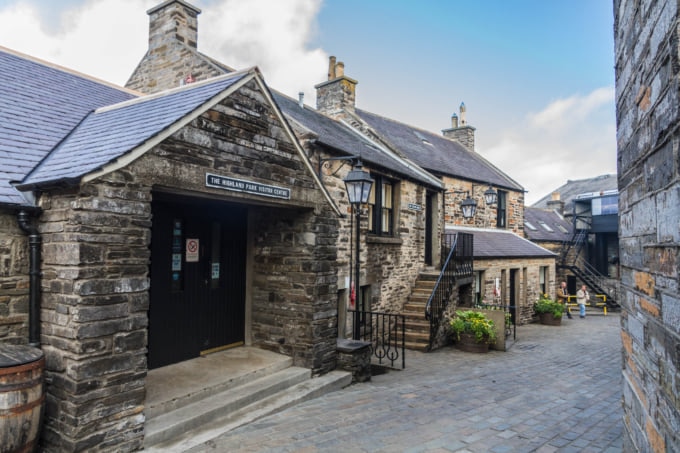
Ever wondered how Scottish whiskey and malt are made? Wonder no more! A visit to this distillery that was founded in 1798 gives you the opportunity to experience the entire process at the distillery from malting to distillation. Visitor’s start by viewing a short film about Orkney. A tour of the distillery then follows this. Park. These are the 12-year-old Viking Honor and any other of their Hero whiskeys. A voucher for 2.00 Euros is granted, which you can redeem against a bottle of whiskey in the distillery’s shop.
Name:Highland Park Distillery
Address:Holm Rd, Kirkwall KW15 1SU, UK
Related Site:https://www.highlandparkwhisky.com/
7. Scapa Flow (bay of the long portage)
This is a body of water in the Orkney Islands which developed as a result of the sinking of ten battleships, five battle cruisers and 32 destroyers. Scapa Flow has a shallow sandy bottom not deeper than 60 meters (200 ft), and most of it is about 30 m (100 ft) deep, and is one of the great natural harbors/anchorages of the world, with sufficient space to hold many navies. Due to its strategic location, the sheltered waters acted as the naval base of the Royal Navy, playing a pivotal role in both World Wars. It has continued to be a key part of travel, trade, and conflict throughout the centuries.
Name:Scapa Flow (bay of the long portage)
Address:Scapa, Orkney, Scotland
8. Grain Earth House
This is a small Iron Age earth house located on the western side of Kirkwall Bay in the middle of modern industrial buildings. It was constructed and used some time in the first millennium BC with its original entrances which lead to a 5 meters long oval chamber surviving to date. Discovered in 1827 when it stood in green farmland, it had not been in use and remained untouched until 1857 when exploration into the interior took place. Another smaller earth house was discovered about 20 feet (six meters) to the west of the existing one which together is believed to have been part of a domestic settlement. Get access to the main chamber by a flight of stone steps leading underground and explore this exceptionally well built and preserved earth house.
Name:Grain Earth House
Address:Hatston Industrial Estate, Swordfish Rd, Kirkwall KW15 1GR, United Kingdom
Related Site:https://www.historicenvironment.scot/visit-a-place/places/grain-earth-house/
9. Cuween Hill Chambered Cairn
About 6 miles west of Kirkwall is this Neolithic chambered cairn on the mainland in the islands of Orkney. It dated back to 3000 BCE and was constructed by a group of Neolithic farmers as a burial place. Bones of eight men mainly consisting of skulls, dos, and oxen were found buried here. The tomb is accessed on foot through the original entrance which is a narrow passage that is partly open to the sky. Built on the bedrock, the main chamber is about 2 m high. Four small side-cells lead to the main room. Its roof has been refurbished into a concrete dome. Though you need to crawl through the passage on your hands and knees. There is enough room inside the cairn for you to stand. Light is limited, and as such torchlight will be essential. The cairn was excavated in 1901 and is under the care of Scotland’s Historic environment. Once at the top, you will enjoy gorgeous views from the top.
Name:Cuween Hill Chambered Cairn
Address:Old Finstown Rd, Orkney KW17 2EJ, UK
Related Site:https://www.historicenvironment.scot/visit-a-place/places/cuween-hill-chambered-cairn/
10. Italian Chapel
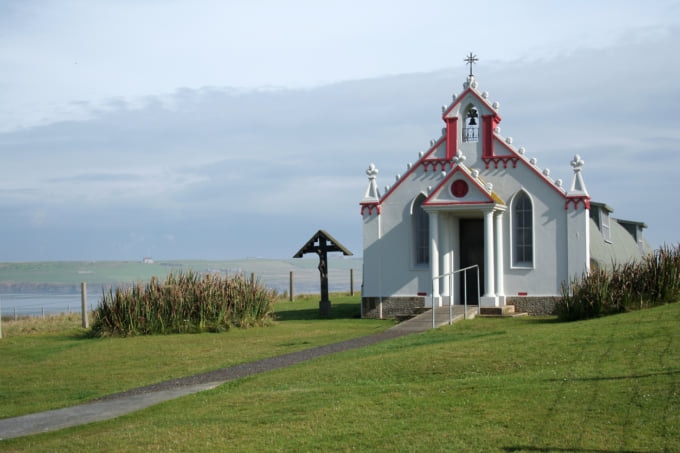
Among Orkney’s most visited attractions, you cannot miss this chapel which is a testament to Scotland’s involvement in the 2nd World War. It was built by Italian prisoners of war who were shipped to Orkney in 1942 as a place of worship during their stay there. Due to limited materials at their disposal, the prisoners transformed two old Nissen Huts into the beautiful chapel. It was later restored in 1960 by Chiocchetti one of its original masterminds and marked its 70th anniversary in 2015.
Name:Italian Chapel
Address:A961, Lambholm KW17 2RT, UK
◎ Closing
Kirkwall is a vibrant town with restaurants, shops, and museums that showcase its fascinating heritage and traditions. Its spellbinding architecture, narrow main streets and mysterious pathways get you immersed in its rich historical wealth it’s hard not to get distracted by this ancient marvel.
RELATED ARTICLES
REGIONS
CATEGORIES
FEATURED ON United Kingdom
-
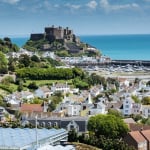
Let’s Go to Jersey Island! Recommended Shopping Spots
-
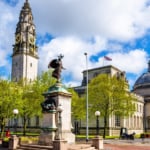
Introducing souvenirs you’ll want to buy in Cardiff, Wales, UK!
-
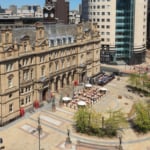
A representative souvenir from Leeds, a city home to the largest and most popular university in the UK
-
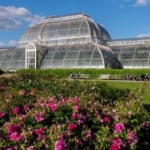
【UK World Heritage Site】Introducing the highlights of the Royal Botanic Gardens, Kew!
-
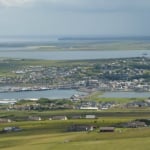
5 Recommended Tourist Spots in Kirkwall, Home to the Northernmost Scotch Distillery!
MOST POPULAR ON United Kingdom
-
 1
1Doha: Must-see Attractions in the Capital of Qatar
-
 2
2Toronto: 10 Things to do in this Picturesque Canadian City
-
 3
3Amarillo: A City Famous for It’s Amazing Canyons, Great History and Music
-
 4
4South Korea: Dazzling Scenery, Rich Culture and Fascinating History
-
 5
5Kuwait: A Country in Middle East Asia Famous for Hot Sand Dunes and Stunning Cityscape

